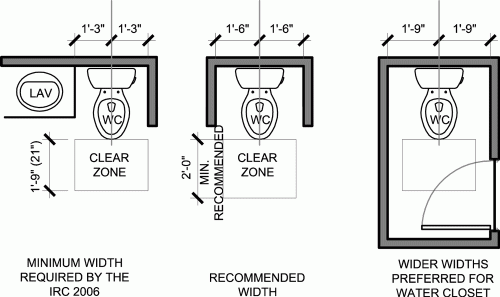We often get this question for our Electrical Engineering Team:
When is a one-line diagram is typically required for residential?
The answer is fairly straightforward. But be sure to verify with one of our Electrical Engineering experts for your specific case…
- Service size of 400 amps or more: For projects involving larger electrical service changes, a one-line diagram is commonly mandated. This is often an engineered drawing that shows equipment, conduit sizes, and the entire grounding system.
- Multiple electrical panels: If a home has more than one electrical panel, a diagram is required to show the connection between the main panel and any subpanels.
- Solar photovoltaic (PV) systems: A one-line diagram is necessary for permit applications for solar PV installations. It must include conductor sizes, overcurrent device ratings, and the grounding system.
- Complex electrical setups: For systems beyond a standard, single-panel setup—such as those with an alternate power source—a one-line diagram is necessary to show the distribution path.










